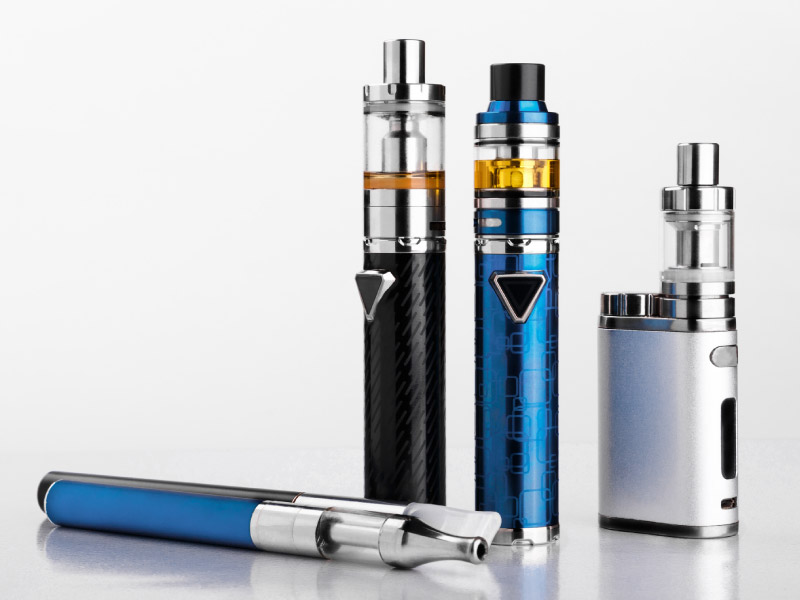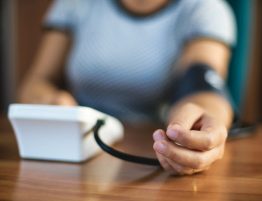
Newer e-cigarettes and vaping devices appear to harm the functioning of blood vessels at levels similar to traditional cigarette smoke, a new lab study suggests.
The research, conducted in rats, also found one of the newer devices, which heats tobacco rather than burning it, delivered more than seven times the nicotine of earlier-generation e-cigarettes.
E-cigarettes use a cartridge with a liquid containing nicotine that generates an aerosol users inhale. The researchers also studied the effects of heated tobacco products and newer, ultrasonic vaping devices.
“When you inhale a suspension of particles or a mist, whether it is from tobacco or marijuana, whether it’s smoke or aerosol, it all has the same effect,” the study’s senior researcher, Matthew L. Springer, said in a news release. He is a professor of medicine at the University of California, San Francisco School of Medicine. “Our research reinforces the previous findings that vaping is not without harm, and it underscores the importance of counseling patients about the risks of vaping, because it does affect cardiovascular function.”
The findings, presented this week at the American Heart Association’s virtual Basic Cardiovascular Sciences Scientific Sessions, are considered preliminary until published in a peer-reviewed journal.
Despite the popularity of e-cigarettes and vaping devices, knowledge is limited about what they do to heart health. So researchers sought to determine whether aerosols from different vaping products – regardless of flavor, nicotine amount or method of delivery – affected blood vessels in rats.
Specifically, researchers looked at how the products affected the function of the endothelium, a thin membrane lining the inside of the heart and blood vessels. The endothelium helps control clotting, blood pressure levels and immune function. Reduced endothelial function usually precedes the development of atherosclerosis, the buildup of fatty material on arteries, and it is often a predictor of a stroke or heart attack.
The study compared the effects of cigarette smoke and clean air with nine vaping products, including a “heat-not-burn” tobacco product, an ultrasonic vaping device, a previous-generation e-cigarette with free-base nicotine, and nicotine salt pods in three flavors.
After only one five-minute session of exposure, aerosols from all vaping products acutely impaired endothelial function in rats. Vessel dilation fell between 40% and 67% for all rats except the ones exposed to clean air.
The effect was comparable to the level of blood vessel impairment, 67%, caused by traditional cigarettes.
The researchers also measured nicotine concentration in the blood, finding it was 8.7 times higher in rats exposed to the heated tobacco product than in rats exposed to the ultrasonic device. The level from the heated tobacco product was 7.3 times higher than the previous-generation e-cigarette.
“We were not surprised when we saw the results for the heated tobacco products and previous-generation e-cigarettes,” the study’s lead researcher, Dr. Poonam Rao, said in the release. Rao is a postdoctoral fellow at the Center for Tobacco Control Research and Education at the University of California, San Francisco. “However, we were somewhat surprised to discover that the new ultrasonic vaping device also impaired flow-mediated dilation,” an indicator of endothelial function and overall blood vessel health.
Rao said the new ultrasonic device has no heating coil, so theoretically it should be safer than e-cigarettes. “Yet even without the intense heating of the nicotine substance, this aerosol impaired vascular function like all of the other products.”
Although the results are from an animal experiment, “it is known that e-cigarettes can impair vascular function in humans,” Springer said. “If any mist or aerosol that rats inhale has this adverse effect, it will likely happen in humans, too.”
If you have questions or comments about this story, please email editor@heart.org.






